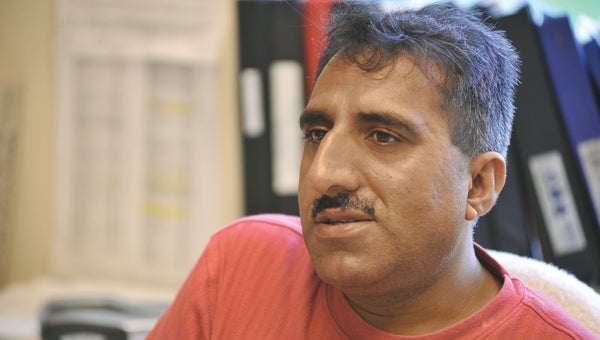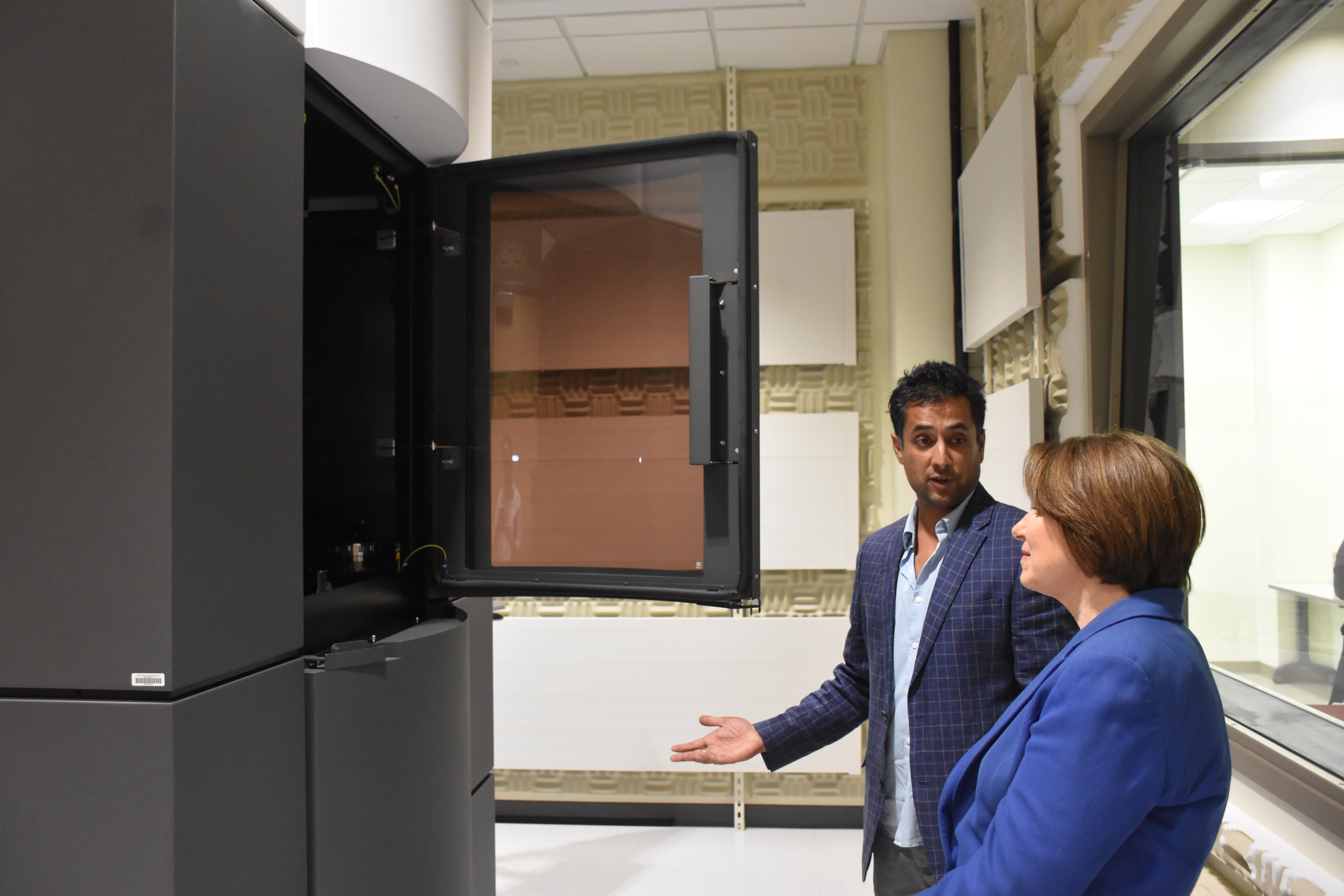Institute scientist leading the way
Published 10:38 am Friday, July 29, 2011

Dr. Mohammad Saleem talks about where to now after his paper on using nontoxic, natural compounds to combat cancer, was published. -- Eric Johnson/photodesk@austindailyherald.com
The Hormel Institute is fast becoming an exciting place.
With every new discovery at the Molecular Chemoprevention and Therapeutics lab, Institute scientists are getting excited: They’re making headway on the cure for prostate cancer.
Recent research headed by Dr. Mohammed Saleem Bhat was recently published in Clinical Cancer Research, a journal of the American Association for Cancer Research. The study, co-authored by Dr. Hifzur Siddique and Dr. Shrawan Kumar Mishra — members of Saleem’s team at the Institute — along with Dr. R. Jeffrey Karnes of Mayo Clinic’s Department of Urology, is promising enough that scientists around the world, from the University of Wisconsin to South Korea, are replicating the Institute’s earlier work to catch up.
“We are the leaders in this research,” Bhat said.
Institute scientists are intrigued by Lupeol, a chemical that is found (in very low doses) in fruits and herbs like mangos, strawberries, tomatoes and other plants. The compound tends to prevent cancer from forming.
Lupeol has been studied by scientists for years, but Bhat and his team have found the compound can actually prevent prostate cancer from forming in test mice injected with human cancer cells. Bhat and his team also found the compound can affect early stages of cancer. In some cases, Hormel Institute scientists found mice with cancerous tumors had their tumors shrink over the course of eight to 12 weeks.
Though the accolades are welcome, there’s plenty of work to do. Bhat and his team want to examine Lupeol’s effects on genetically modified mice that naturally get prostate cancer as opposed to having human strains of the cancer. They’ve already found Lupeol has worked on melanoma, or skin cancer, the same way, both preventing melanoma from taking hold in some mice and reducing melanoma cells in others.
The way Lupeol works, according to Bhat, is it attacks the way cancer binds with androgen receptors, the parts of the cell that bind to other cells and allow us to form solid masses of cells. By closing the gate on adhesion receptors, as it were, it prevents cancer cells from moving, suspending their activity. Since the cancer cells are in suspension, the Lupeol compound gives signals to cancer cells to destroy themselves, effectively telling cancer to commit suicide.
Needless to say, Bhat and his team are hungry to explore how well Lupeol works in various situations. They’ve already found that Lupeol can enhance strong chemoradiation chemicals in low doses, effectively shrinking the side effects common in chemotherapy.
Yet further research, including more lab tests and possible human trials, is dependent on lots of money. Although the Institute is partnering with Mayo Clinic and pharmaceutical companies like Ademis Pharmaceuticals (which hopes to market Lupeol as APC-300), Bhat and Mayo are applying for a more than $1 million, five-year grant from the National Institute of Health in the hope of carrying out Lupeol research without pharmaceutical dollars.
Though it will take some time for Lupeol to develop, and though the compound has amazing properties, Bhat is pragmatic and slightly optomistic about his research.
“We get excited, but then there is more questions,” he said. “And that means more research, and more studies to do. There are always more questions.”


